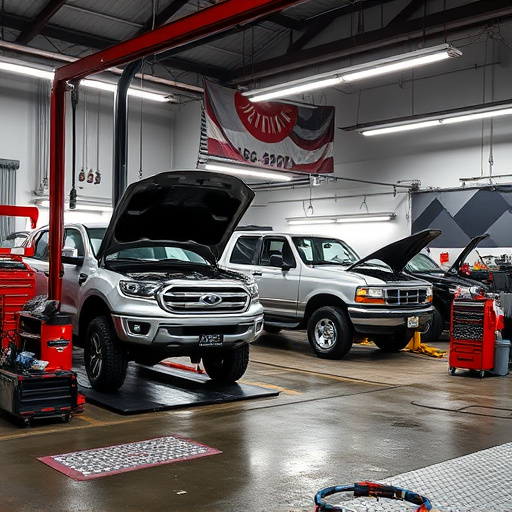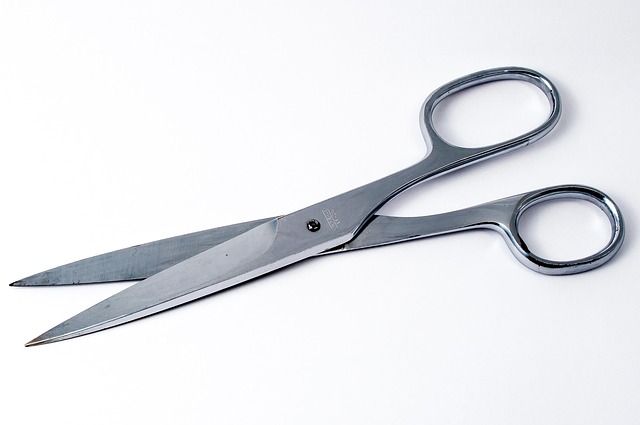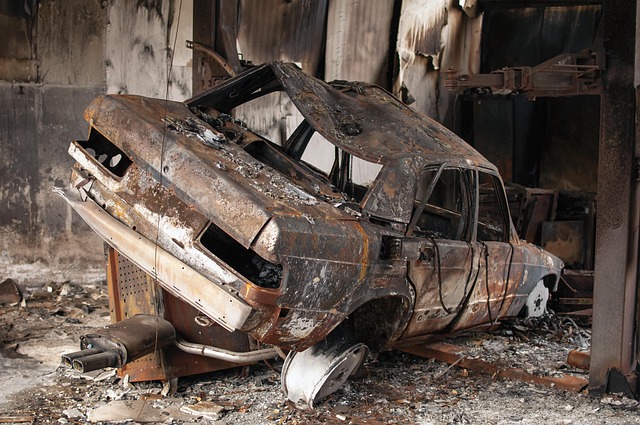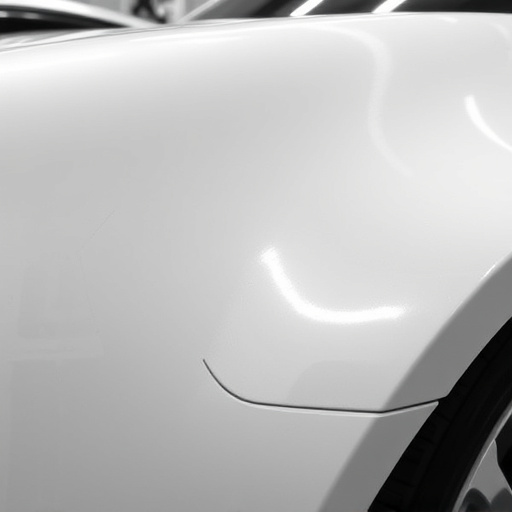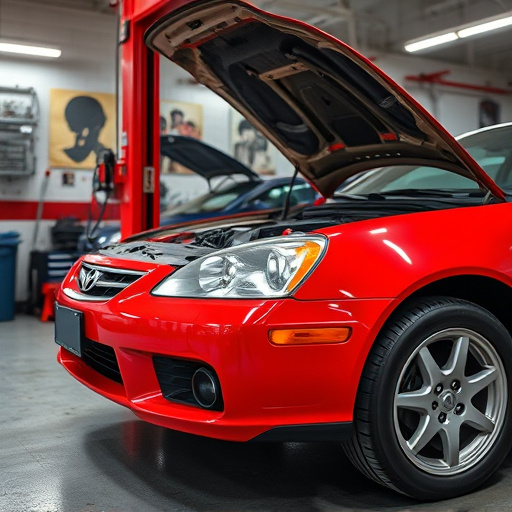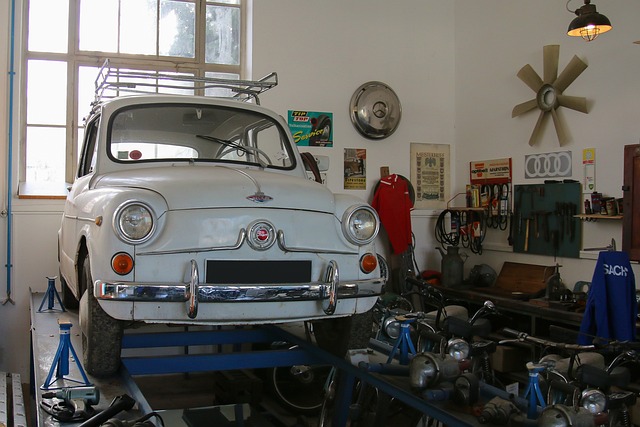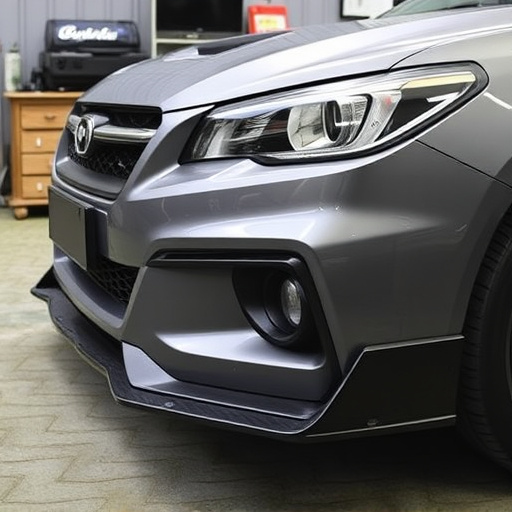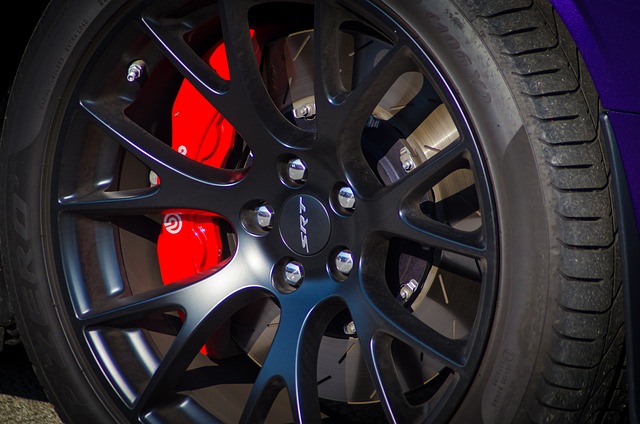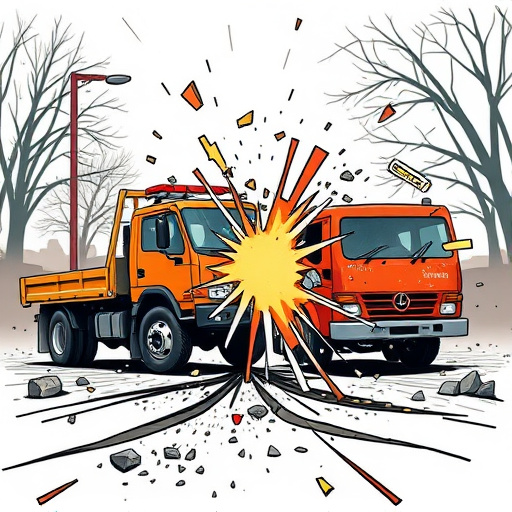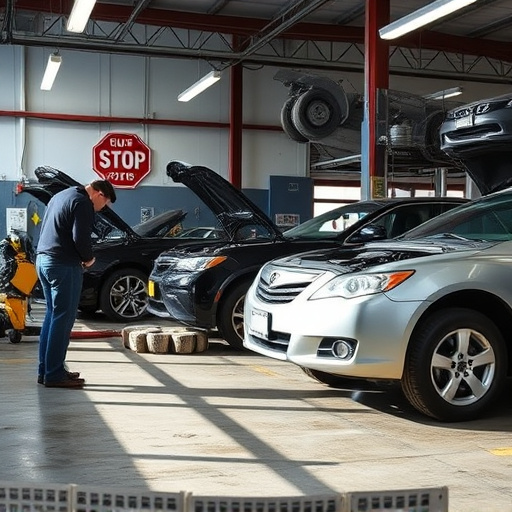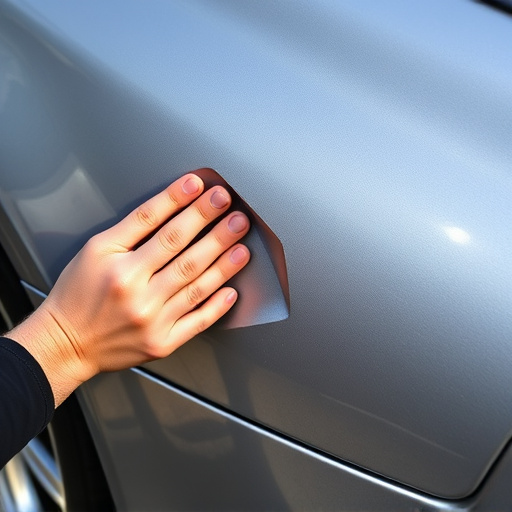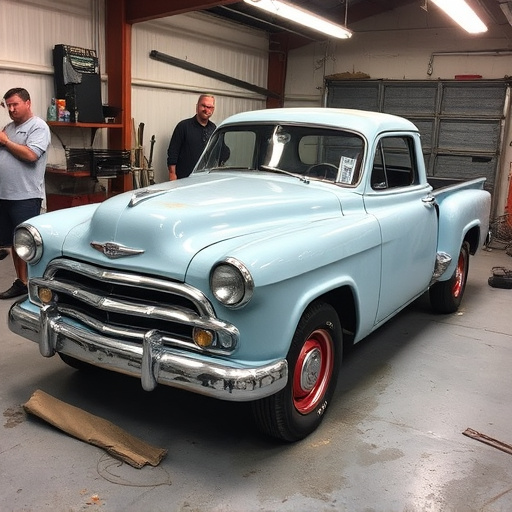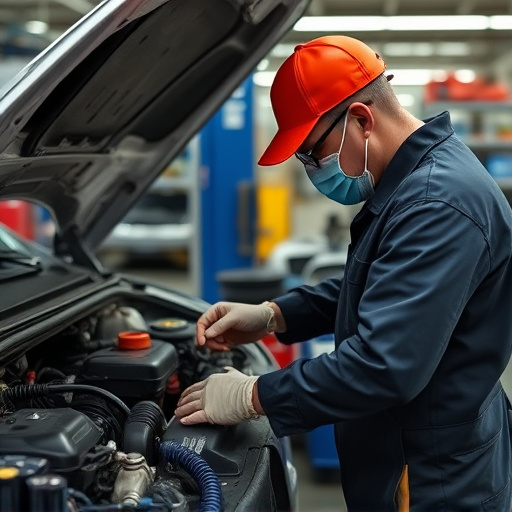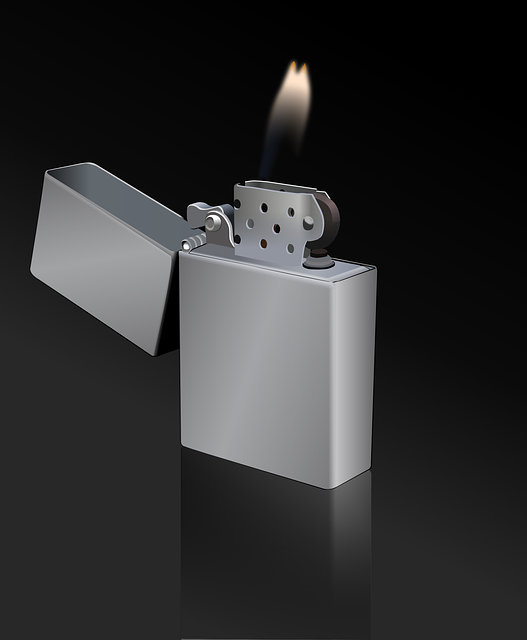Spot welding's limitations in complex or damaged component assemblies have sparked the emergence of structural adhesive techniques as a complementary solution. These techniques offer precise bonding and enhanced structural support, enabling superior strength and durability compared to traditional methods. By combining spot welding with structural adhesive techniques, auto body shops and vehicle restoration scenarios achieve optimal repair results, preserving original factory finishes and streamlining collision repair processes for various materials like metal and plastics.
In modern manufacturing, combining spot welding with structural adhesive techniques offers a powerful synergy. This article explores how these two methods can complement each other, addressing the limitations of spot welding and enhancing structural integrity. By understanding spot welding’s role and the advantages of structural adhesives, manufacturers can achieve optimal results in terms of strength, flexibility, and cost-effectiveness. Discover how integrating both techniques revolutionizes joining processes, especially for complex assemblies, and enhances product durability.
- Understanding Spot Welding and Its Limitations
- Advantages of Structural Adhesive Techniques
- Integrating Both Methods for Optimal Results
Understanding Spot Welding and Its Limitations
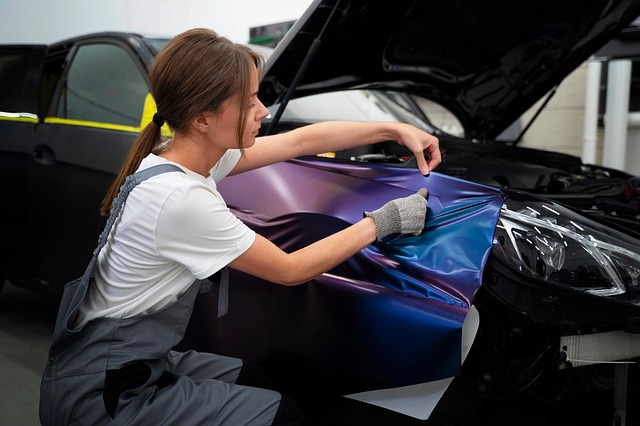
Spot welding is a widely used technique in the automotive industry for joining metal components. It involves applying a concentrated heat source to specific points on the joint, melting and fusing the materials together. While it’s highly effective for certain applications, spot welding has limitations when it comes to complex or intricate assemblies. In an automotive body shop, where precision and structural integrity are paramount, these limitations can be significant.
One of the primary constraints is its inability to handle large gaps or misalignments between parts. In vehicle restoration or car collision repair, where components may have been damaged or distorted during an accident, spot welding alone might not provide the necessary strength and stability. This is where structural adhesive techniques come into play as a complementary solution, offering precise bonding and enhanced structural support for challenging assemblies.
Advantages of Structural Adhesive Techniques

Structural adhesive techniques offer numerous advantages when combined with spot welding for auto body repair and collision repair processes. One of the key benefits is their ability to provide superior strength and durability in bond lines, ensuring a robust structure. Unlike traditional joining methods that rely heavily on friction or melting metal, structural adhesives create a chemical bond between surfaces, resulting in enhanced overall vehicle integrity. This is particularly advantageous for complex geometric joints where access may be limited, allowing for more creative and efficient repair solutions without compromising strength.
Additionally, these techniques enable the preservation of original factory finishes during auto body repair, which is highly desirable in paintless dent repair scenarios. Structural adhesives can bond to a variety of materials, including metal, plastic, and composite surfaces, making them versatile for various vehicle components. This versatility, coupled with their ability to create seamless bonds, contributes to streamlined collision repair processes and the production of high-quality, visually appealing repairs.
Integrating Both Methods for Optimal Results
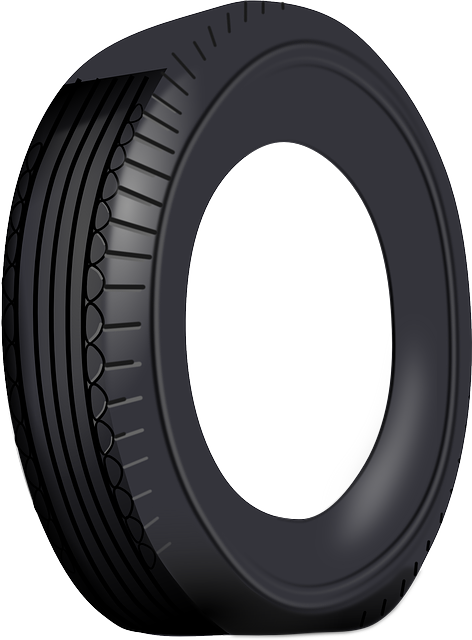
In many vehicle repair scenarios, especially in complex fender repair or vehicle dent repair cases, a combination of spot welding and structural adhesive techniques can yield optimal results. Spot welding provides precise and strong local bonds, which are crucial for reinforcing damaged areas. Structural adhesives, on the other hand, offer unique benefits such as high bond strength to various materials, including metal and plastics, and the ability to fill gaps and create seamless joints.
Integrating both methods allows for a multi-faceted approach to repairs. For instance, spot welding can be used to temporarily hold parts in place while a structural adhesive sets, ensuring precision and stability during the curing process. This combined strategy is particularly advantageous in vehicle repair, where both structural integrity and aesthetic appeal are paramount. By leveraging the strengths of each technique, reparers can achieve superior results, enhancing safety and the overall quality of repairs, be it for fender repair or more intricate vehicle dent repair tasks.
Combining spot welding with structural adhesive techniques offers a powerful synergy, leveraging the strengths of both methods. Spot welding provides robust structural integrity for key connections, while structural adhesives fill gaps, distribute loads evenly, and offer superior bond strength in challenging geometries. Integrating these approaches allows for lighter, more complex designs, enhanced mechanical performance, and improved manufacturing efficiency. Adopting this hybrid method can revolutionize automotive and aerospace assembly processes, ensuring durable and reliable structures.
